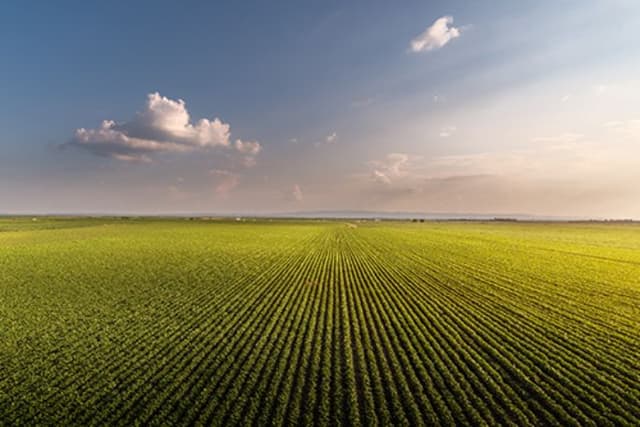
The Effects of Low Crop Yields
Lesson5 of 11 in this unit
SecondaryYear 9Humanities and Social SciencesGeographyEnvironmentalSustainability
Summary
Lesson guides and printables
Teacher Content Information

Lesson Plan

Student Worksheet

Article - Identifying the Causes of Low Crop Yields
